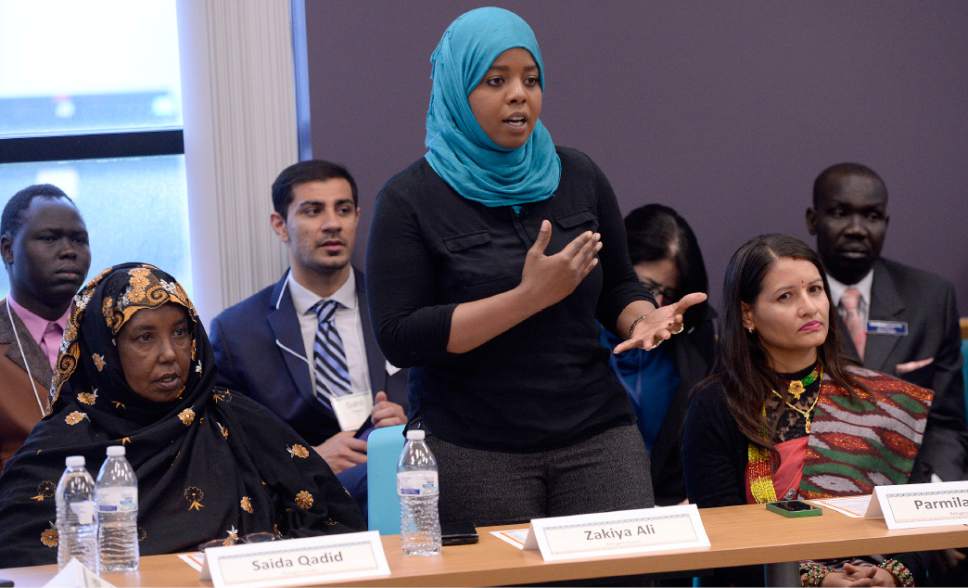This is an archived article that was published on sltrib.com in 2017, and information in the article may be outdated. It is provided only for personal research purposes and may not be reprinted.
The United States is growing more diverse, and forecasts for Utah match changes seen across the country. Minorities now account for 21 percent of Utah's population, compared with 19 percent in 2010.
In short, minority populations are growing faster than white populations, prompting local demographer Pam Perlich to label these differences as "the new Utah."
"Since 2010, Utah's minority population grew by 20.3 percent, while the white population increased by a much smaller 8 percent." That is a distinct difference. Perlich continued, "These trends are cumulative, ongoing and irreversible."
And just to be clear, these rising numbers are the product of births, not immigration.
"Any sort of impact on politics may be several decades in the future," said Mark Hugo Lopez, director of Hispanic research for the Pew Research Center. But they will come.
What significance would an increasingly diverse population have in Utah?
Utah has a "gavel gap" in its judiciary and has been labeled the worst in the nation for women and minorities represented on the bench. Changing diversity numbers could change how our judicial system treats minorities, and how minorities feel the judicial system treats them. Juries will look different, and minority defendants could face less implicit bias as more diverse citizens sit before them.
Increasing diversity numbers could change the underrepresentation in our legislature. Why does it matter if our legislators are diverse? It matters because diverse legislators legislate differently, on issues such as immigration, health care, state spending for schools and housing, and even criminal justice reform.
Our schools could also see a change. Utah teachers are "whiter than the students they teach." The gap is largest for Latinos: in 2015 Latino students made up 16 percent of public school students yet only 2 percent of teachers and principals.
If you don't think it makes a difference to see leaders and teachers and government officials that look like you, then you're not likely a member of an underrepresented population. It makes a difference in understanding who you are, and in believing who you can become.
This week's Utah Arts Festival also illustrates the benefits of an increasingly diverse population and its effects on Utah art, as noted in a recent opinion article by Downtown Alliance executive director Jason Mathis. Our farmer's markets become richer and more vibrant. And increasing diversity brings people together to share in traditional religious events such as Muslim iftars.
We may even gain a more interesting nightlife.
Our differences make life interesting. Increased understanding and expanded experience will enrich us as a people, and as a state.



